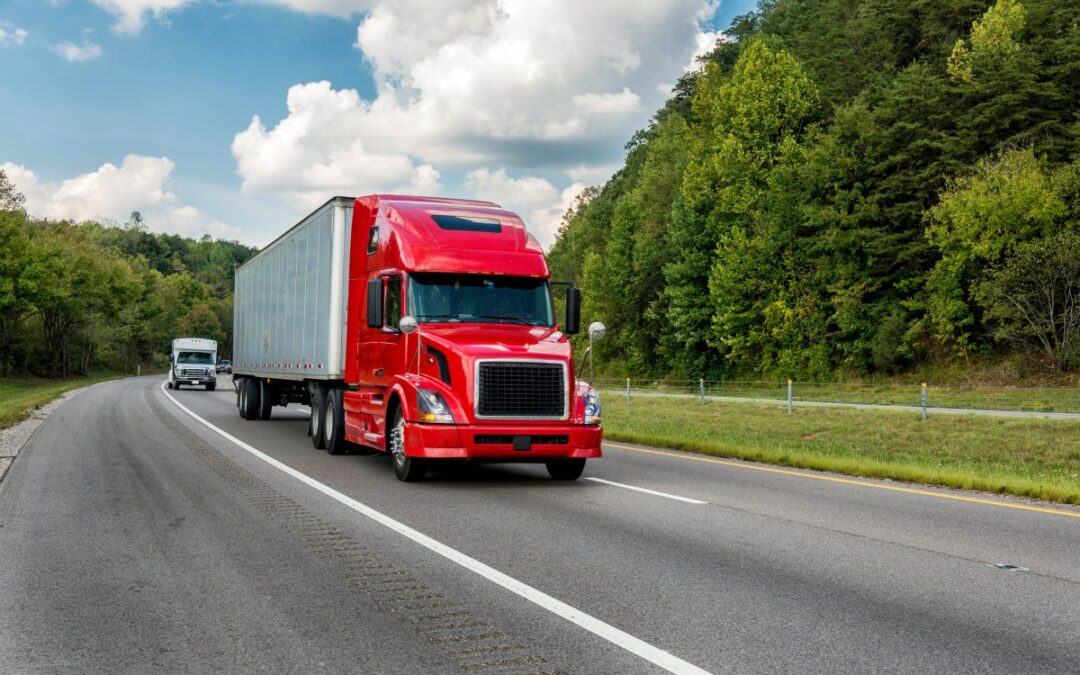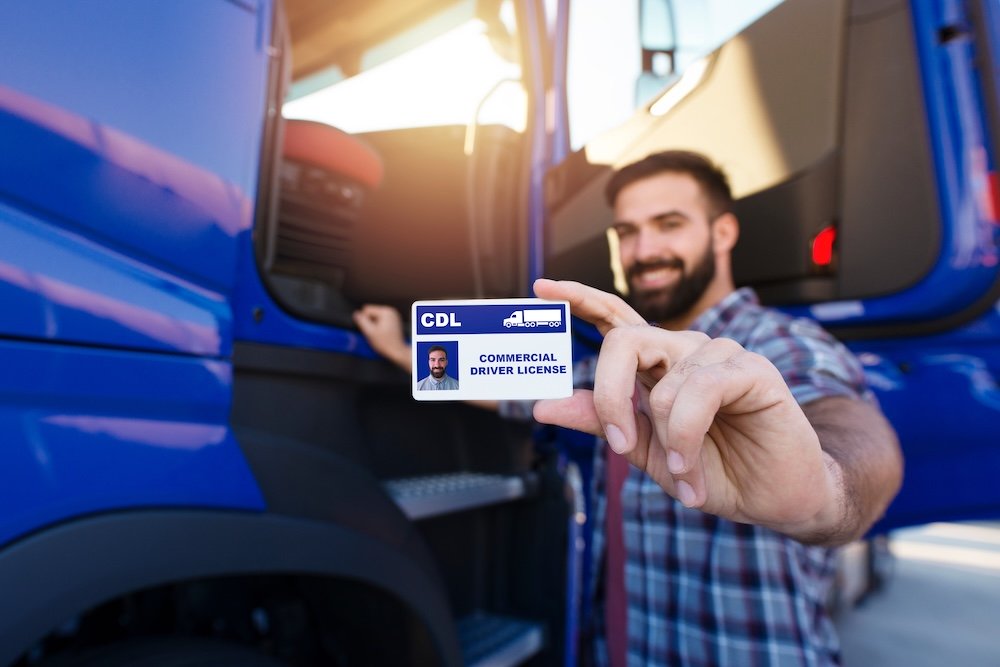The federal government’s Spring Unified Agenda lays out what’s next for trucking, and the stakes are high. Over the next two years, you may see less red tape in areas like recordkeeping and reporting, but also tougher requirements on safety equipment and registration.
For truckers, that means adjusting contracts, planning for possible costs, and keeping documentation sharp for lenders. Understanding these changes today can help you steer clear of uncertainty tomorrow.
Why The Spring Regulatory Agenda Matters
The Unified Agenda is a semi-annual update of the federal government’s regulatory priorities. For trucking, it highlights which rules the Federal Motor Carrier Safety Administration (FMCSA) and the Department of Labor (DOL) are working on, when you can expect proposals, and how they could affect your bottom line.
Industry groups like the American Trucking Associations and OOIDA closely follow these updates because the outcomes shape driver classification, financing, and compliance across the board.
At the same time, technology is accelerating change. As tools like telematics and AI become more common, regulators are beginning to account for their role in safety, efficiency, and data transparency.
With the DOL shifting its approach to independent contractor enforcement and FMCSA advancing both deregulatory and safety proposals, 2025–26 will bring a mixed bag of relief and new obligations.

What’s Changing with the Independent Contractor Rule
In May 2025, the DOL issued Field Assistance Bulletin 2025-1, announcing that investigators will no longer enforce the 2024 independent contractor rule when applying the Fair Labor Standards Act.
Instead, they will use the older, more flexible “economic reality” test described in Fact Sheet #13 and in Opinion Letter FLSA2019-6.
For you, that means:
- Federal enforcement is less likely to reclassify independent contractors as employees.
- The 2024 rule still technically exists, and private lawsuits can cite it.
- State laws, such as California’s ABC test, continue to apply if you operate across state lines.
The bottom line: classification risks remain uneven, and lenders may still ask for documentation showing you operate as an independent business.
Key FMCSA Regulations to Watch in 2025-26
The Spring 2025 Unified Agenda highlights several FMCSA rulemakings that could directly affect carriers and drivers:
- Unified Registration System (URS) and MAP-21 Enhancements: An NPRM is planned by March 2026 to update registration rules, revising how carrier and broker authority is granted, suspended, or revoked.
- Record Retention Rule Changes: By May 2026, FMCSA intends to revise 49 CFR Part 379 to remove overlapping or burdensome recordkeeping requirements, easing paperwork for carriers.
- Automated Driving Systems (ADS)-equipped commercial vehicles: An NPRM expected by May 2026 will propose amendments to allow safe operation of ADS-equipped commercial trucks on U.S. roads.
- Drug and Alcohol Clearinghouse Revisions: By May 2026, FMCSA will propose updates to expand how driver violation data is reported and accessed.
- Electronic Logging Device (ELD) Rule Revisions: An NPRM expected by May 2026 will streamline and clarify regulatory text and technical specifications for ELDs.
- Cargo Securement Updates: FMCSA plans to align U.S. cargo securement rules with Canadian standards, with an NPRM due by May 2026.
- Household-Goods Carrier Registration: A proposed rule by May 2026 would require carriers to pass a proficiency exam before registration.
- Medical Qualification Standards (Seizures): By May 2026, FMCSA may revise requirements for drivers with seizure histories, easing restrictions under specific safety conditions.
These proposals could bring clearer registration processes, less paperwork, and new standards for technology integration. For carriers, that means fewer compliance headaches in some areas but also the need to prepare for changes in safety requirements and qualification standards.

Compliance Relief on the Horizon
FMCSA has several rules in the pipeline that aim to reduce outdated or duplicative requirements:
- Spare Fuses Requirement: A final rule expected in 2025 will eliminate the mandate for CMVs to carry spare fuses, which FMCSA deems outdated.
- ELD User’s Manual Rule: A final rule this year will rescind the requirement to keep a paper ELD manual in the cab.
- Record Retention Revisions: By May 2026, FMCSA plans to revise 49 CFR Part 379 to reduce overlapping or redundant paperwork.
- Electronic DVIRs: A final rule in 2025 will formally allow Driver Vehicle Inspection Reports to be filed electronically.
- CDL Violation Self-Reporting: Another 2025 final rule will remove the requirement for CDL holders to self-report violations, since states already share that data electronically.
- Accident Reporting – Medical Treatment Definition: FMCSA will clarify in 2025 that diagnostic procedures like X-rays don’t count as “medical treatment.”
- Technical Cleanups: Smaller changes expected in 2025 include license plate lamp exceptions, clarifying tire load markings, and deleting obsolete “water carrier” references. Liquid-Burning Flares Removal: A final rule this year will eliminate outdated references to flares from safety regs.
Together, these measures should cut down on routine compliance tasks, saving drivers and carriers time and hassle.
Upcoming Safety Mandates and Compliance Costs
At the same time, FMCSA is advancing rules that could add costs for carriers:
- Automatic Emergency Braking (AEB): A rulemaking effort is underway to mandate AEB systems on trucks.
- Side Underride Guards: Proposals are advancing that would require underride protection on trailers, potentially raising retrofit and equipment costs.
- Automated Driving Systems (ADS): FMCSA is preparing rules to govern the safe integration of ADS-equipped commercial vehicles, which will require carriers to adapt as technology evolves.
These safety mandates are intended to reduce crashes and improve long-term roadway safety, but they also mean higher upfront investment in equipment and technology.

Why Conflicting State and Federal Rules Still Matter
Pausing federal enforcement doesn’t make the classification issue go away. States like California and Massachusetts continue to apply stricter tests (for example, California’s ABC test), which often make it harder to qualify as an independent contractor.
If you operate across multiple states, you may have to comply with the strictest standards, even if federal oversight is more flexible.
At the same time, the 2024 independent contractor rule is still on the books. While the Department of Labor has stopped using it in investigations, private lawsuits can still cite it, and courts are continuing to hear challenges.
That means classification remains a gray area. Depending on where you operate, one state may treat you as an independent contractor while another could classify you as an employee.
Lenders and auditors are also more likely to scrutinize your records, looking for proof that you control your own routes, schedules, and equipment.
Conclusion
The next two years will bring a mix of relief from outdated requirements and pressure from new safety and labor initiatives. Timelines in the Unified Agenda often slip, so carriers should treat 2026 dates as targets rather than guarantees.
Even with shifting deadlines, one thing is clear: trucking will stay at the center of federal regulatory attention.
If shifting regulations are making it harder to secure traditional funding, Mission Financial Services can help. We offer flexible loan options for first-time buyers, drivers with bad credit, and established owner-operators.
Our goal is simple – to keep your business moving, no matter how the rules change. Start your credit application today.




























